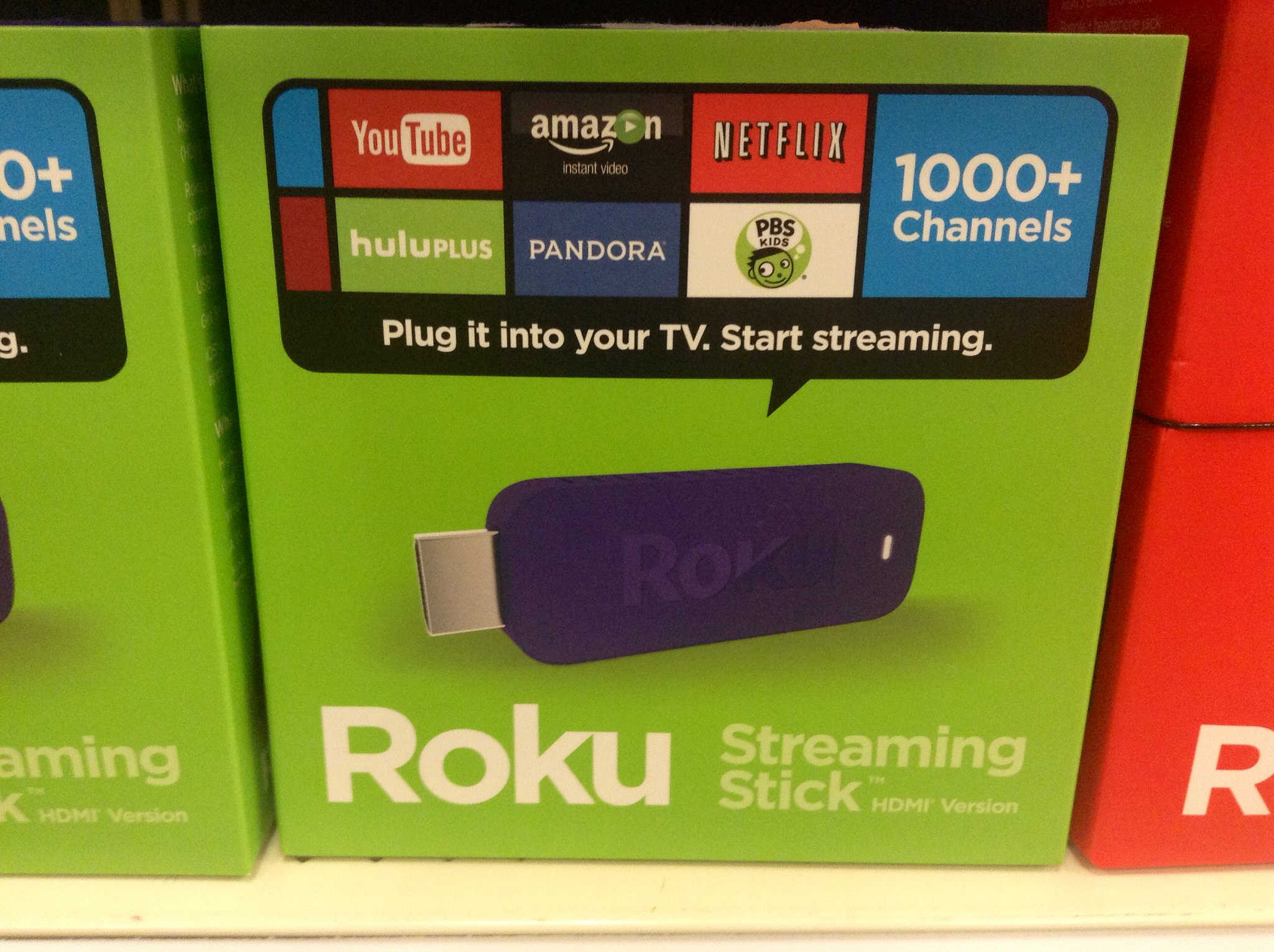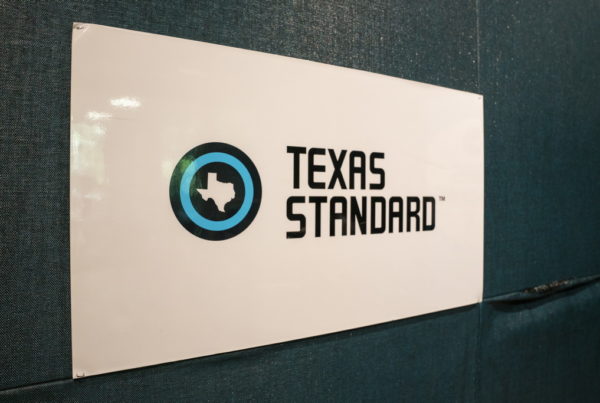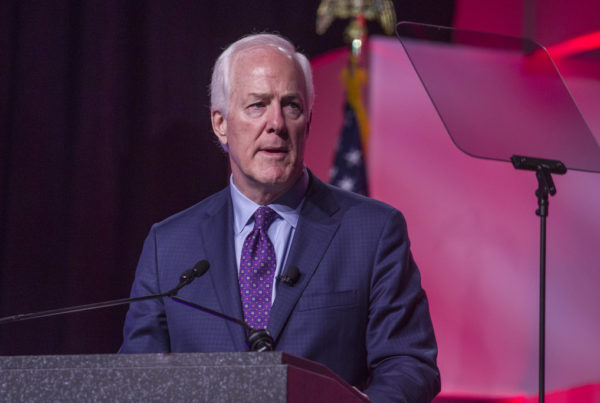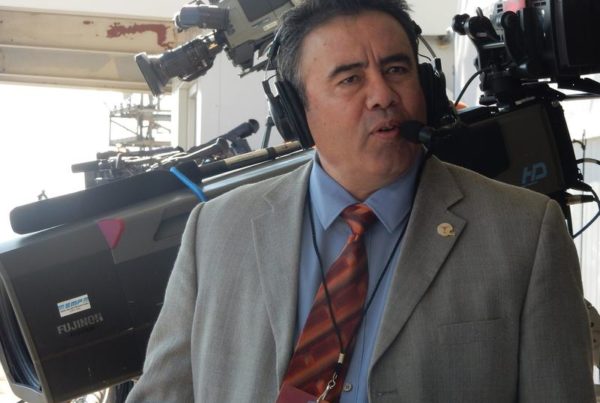Roku, whose streaming devices and smart TVs can play content from all the big streaming services – Netflix, Hulu, Amazon Prime Video, Disney and HBO, among others – has announced plans to expand into European markets. And at home, the company is expanding in another way, by adding lots of new software engineers in its Austin office. The company has had a presence in Texas for five years.
Tech expert Omar Gallaga recently visited the Austin office, which is playing a big part of the company’s overseas expansion.
“A lot of people in the city didn’t even know they were here,” Gallaga says. “They’ve grown to about a hundred employees and they are expanding as they move into these new countries. They just started in England with these TVs, France. They have a lot of presence in Latin America and I imagine they’re going to go global. Their goal is to be in every country.”
Roku’s business began with a focus on streaming device hardware, but recently the company has shifted toward software – the operating system that powers one-third of smart TVs sold in the U.S.
“It’s becoming like a marketing platform,” Gallaga says. “Whenever you use Roku you see Disney splashed across with these banner ads … companies like Amazon, and Apple are all paying to have their apps on Roku. Whenever you subscribe to Apple TV Plus or Disney Plus, these services are through Roku, and they’re getting a cut of that. They’re getting a 20% fee.”
What you’ll hear in this segment:
– How Roku’s business model avoids competing with streaming services
– Why Roku succeeds at expanding its offerings in other countries
– How the company makes money from marketing other streaming services
Written by Antonio Cueto.














